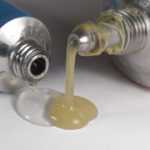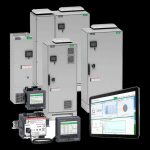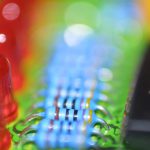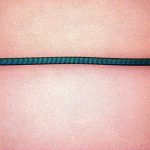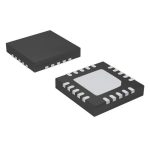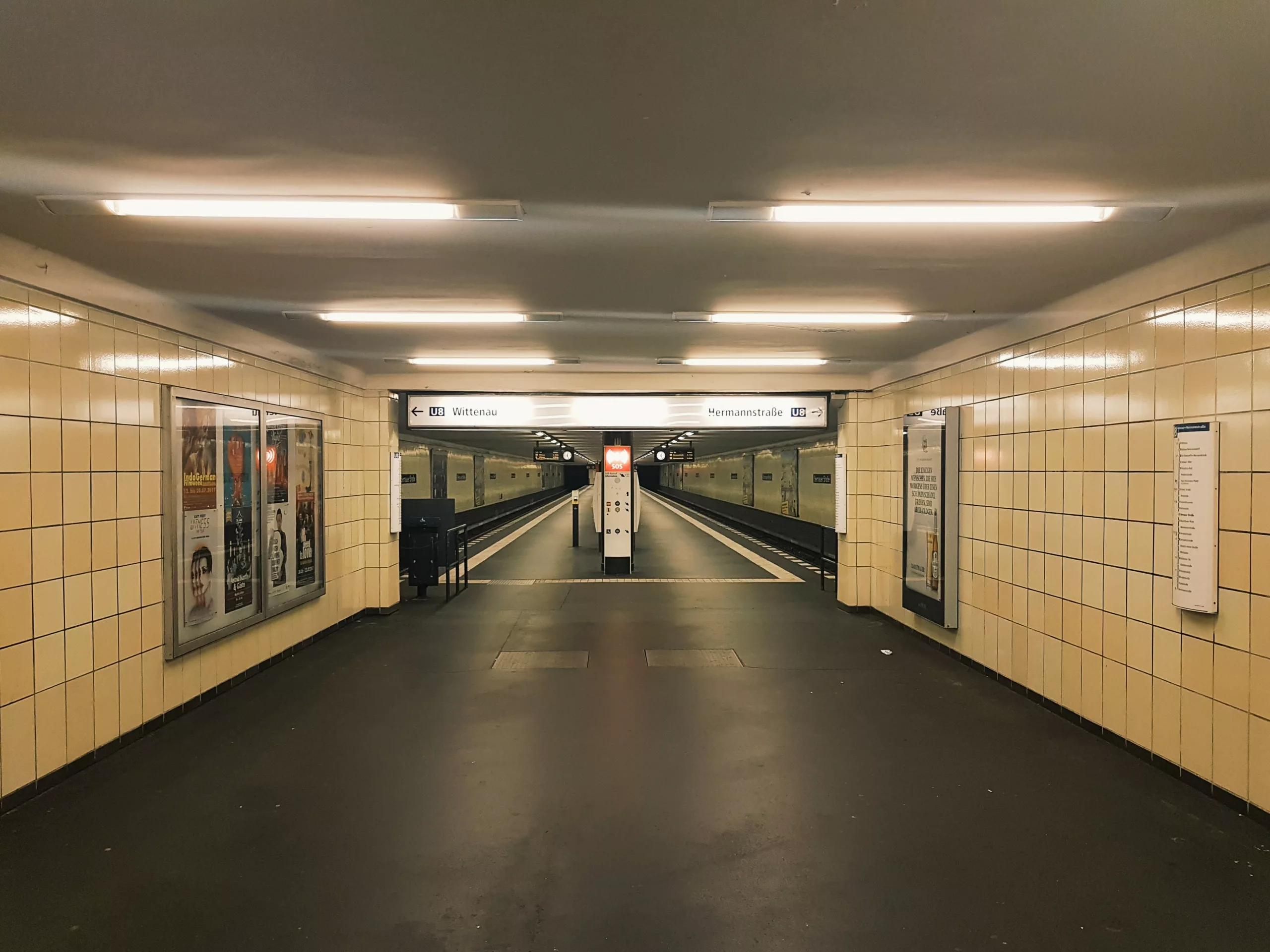
Fluorescent tubes are energy-efficient lighting sources which have gained popularity in recent years. These tubes are widely used in a broad range of homes, offices, schools, and industrial spaces. They come in varied sizes and types, each with specialized functions and features. This article explores different fluorescent tube sizes, types, and uses in multiple applications.
Fluorescent Tubes – How Do They Work?
Fluorescent tubes, also known as fluorescent lamps or simply fluorescents, are lighting devices producing visible light with high energy efficiency and a relatively long lifespan. They offer several advantages over traditional incandescent bulbs, such as extended lifespan and lower energy consumption. Fluorescents are much more energy-efficient, typically using around 25-35% of the incandescent bulbs’ energy to produce the same amount of light. They offer long-lasting service life and last about 10,000 to 20,000 hours. In addition, these lighting fixtures produce less heat, making them safer and more suitable for prolonged use.
Fluorescent tubes work based on the principle of fluorescence. These narrow glass tubes comprise a low-pressure gas (mainly argon or a mixture of argon and mercury vapour), and the inner surface is phosphor-coated. Upon passing an electric current through the tube, the mercury vapours are excited, thus emitting UV (ultraviolet) light. The UV light then strikes the integrated phosphor coating for fluorescence or visible light emission in specific colours.
Fluorescent Tubes – Types and Sizes
Fluorescent tubes come in various sizes, typically indicated by a code consisting of numbers and letters. The most common and popular types include:
T12 Tubes:
T12 tubes, where “T” stands for “Tubular”, while the number represents the diameter of the tube in eighths of an inch. It has a diameter of 1.5 inches (38 mm) and is the oldest fluorescent tube. They were widely used in commercial and residential lighting.
T8 Tubes:
T8 tubes are the most common fluorescent tubes available today, with a diameter of 1 inch (25 mm). These tubes are more energy efficient than T12 tubes and are primarily found in offices, retail spaces, schools, and industrial environments. These tubes offer better efficiency, longer lifespan, and reduced environmental impact.
T5 Tubes:
They are thinner and highly energy-efficient, providing more lighting solutions than T8 tubes. T5 tubes feature a diameter of 0.625 inches (16 mm) and are commonly used in spaces requiring slim profiles, such as supermarkets, hospitals, and residential under-cabinet lighting.
T5HO Tubes:
T5HO stands for “high-output” tubes producing more light with a 5/8-inch diameter. They are often used in applications requiring bright and intense lighting, like warehouses, industrial facilities, and sports arenas.
Compact Fluorescent Lamp (CFL):
CFLs are smaller, twisted fluorescent tubes that use different mechanisms for producing light. They are LED alternatives, replacing traditional incandescent bulbs and come in various shapes and sizes. CFLs are commonly used in residential and commercial lighting fixtures with low energy consumption and long lifespan.
Circular Tubes:
Circular fluorescent tubes have a ring-shaped design with different diameters, such as 9 inches, 8 inches, or 6 inches. They are mostly designed for decorative lighting fixtures or specific applications, like bathroom vanities or dressing room mirrors.
Fluorescent Tubes – Common Lengths
Fluorescent tubes are available in various standard lengths, ranging from 2 feet (24 inches) to 8 feet (96 inches). Standard lengths include 2 ft, 3 ft, 4 ft, 5 ft, 6 ft, and 8 ft. Fluorescent tubes also have different base types determining how they are installed. The most common bases are single-pin (one pin on each end) and Bipin (two pins on each end). Bipin bases are found in T8 and T12 tubes, while T5 tubes often use miniature bipin bases for convenient installation.
Versatile Uses of Fluorescent Tubes
The versatile fluorescent tubes are widely used in a range of applications, such as:
General Lighting:
Fluorescent tubes provide bright, uniform illumination for general lighting in large spaces. They are commonly used in commercial, industrial, and residential settings, such as offices, schools, hospitals, warehouses, and retail stores.
Task Lighting:
Task lighting requires focused illumination for specific activities such as reading, writing, or detailed work. For this purpose, T5 fluorescent tubes, with their slim design, are often used for under-cabinet lighting in kitchens, laboratories, workshops, or display lighting in retail settings.
Industrial Lighting:
Fluorescent tubes are widely used in industrial environments, providing efficient and long-lasting lighting solutions. They are suitable for applications requiring inspection and identification of certain materials under UV light, such as warehouses, manufacturing facilities, and parking garages.
Display lighting:
The term “display lighting” implies that fluorescent tubes are also used for illuminating displays in a range of historical or retail settings to help showcase artwork, merchandise, and exhibition. They are often found in museums, art galleries, retail stores, and exhibitions and are known for their bright and uniform light distribution.
Indoor Gardening:
Fluorescent tubes, particularly designed for horticultural purposes, serve as a cost-effective lighting solution for indoor gardening. They emit a broad light spectrum promoting plant growth and supplementing natural light. They also function as the sole light source for growing plants indoors.
Outdoor Lighting:
Large-sized fluorescent tubes, such as the 8 ft T12 or T8 tubes, are commonly used in outdoor lighting applications. They are mostly found in parking lot lighting, streetlights, and other outdoor fixtures requiring powerful illumination.
Horticultural Lighting:
Fluorescent tubes, particularly T5 tubes, are crucial horticultural lights for indoor gardening and plant propagation. They promote plant growth by emitting the necessary light spectrum or are used as supplementary lighting.
Apart from the fluorescent lamps’ uses mentioned above, they are also indispensable in aquariums, lightboxes, photography, and videography lighting applications.
The Bottom Lines
Fluorescent tubes have become integral to our lives, illuminating various spaces and versatile purposes. From providing bright and efficient lighting in commercial, residential, and industrial facilities, fluorescent tubes have continually evolved to meet the demands of modern lighting. With their energy efficiency, long lifespan, and extensive range of types and sizes, fluorescent tubes are proven reliable and cost-effective lighting solutions. As we move forward, let us embrace these lighting devices’ versatility, efficiency, and reliability, ensuring a brighter and greener future for the coming generations.








